With droughts on three continents triggering rising food prices, Malthusian fears are growing about the world’s ability to feed a fast-growing population. Do we have enough land? What about climate change? Will we – as the Stockholm World Water Week will ask in the coming days – have enough water? Could we even run short of farmers?
Such fears are real. The current research focus on the sustainable intensification of farming systems around the world to feed more mouths is important. A world of nine billion people by mid-century could need 70 per cent more food[i]. But there is another narrative that seems set to play out over the decades beyond. We may – just may – be on a path to peak population. By late this century, it is perfectly possible that our numbers will have peaked and be falling. And that could change all our perceptions about future food security.
Maybe you thought we were still living with a population bomb. Well, perhaps you were right--numbers are still rising. We went past seven billion last year. But there is good news too. Fertility rates are falling fast. The average woman in the 1960s had 4.9 children; now she has 2.45[ii]. This is getting close to the replacement level which is currently around 2.3[iii].
One reason for this birth dearth is urbanization. Even young children are an economic asset on peasant farms, but in cities they are a liability. So, while rural fertility is still around 2.9 children per woman, the rate for the half of humanity who now live in cities is around 2.1. But this begs the question: If rural fertility declines as urbanization increases, will we have enough people to work on the farms?
In the wake of its one-child policy, China's population will peak within a decade or so. Other countries without draconian birth controls are taking a similar path. Half the world now lives in countries with fertility rates at or below replacement levels.
That is a great news story. It turns out that the draconian population controls many argued were essential for saving the world are not necessary. More than that, it allows us to reframe many global resource issues, including food production. But there are two other demographic juggernauts hurtling down the decades towards us.
The first is urbanization. Half a century ago, only a third of the world lived in urban areas; now more than half do; and that proportion is expected to rise to two-thirds by 2040. Thanks to the flight to the cities, the world’s rural population has already virtually peaked, and the UN expects it to start declining later this decade.
And then there is ageing. Higher life expectancy and fewer births mean that the world’s average age is rising inexorably. The world median age is currently 28 years, but is predicted to be 38 years by 2050. That’s the equivalent of today’s Indonesia getting as old as today’s Russia, where many rural areas are full of old people and bereft of the young.
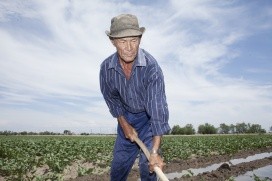 Farmer was photographed in the suburb of Bishkek, Kyrgyzstan on June 27, 2012.
Farmer was photographed in the suburb of Bishkek, Kyrgyzstan on June 27, 2012.Photo by Ikuru Kuwajima/IWMI
Since it is the young who mostly move to cities, ageing will be at its most intense in rural areas. Already in many countries, farming is regarded as an old man’s activity. China, as so often exemplifies the twin trends of ageing and shrinking rural populations most dramatically. By 2050, China's overall population will be falling, but its population over age 60 is expected to have reached 400 million, around a third of the total. Who knows how many Chinese will still live in the countryside. In the past decade its rural population has fallen by 130 million[iv].
Where China goes, the rest of the developing world may follow. Making firm predictions is difficult. But I suggest that agriculture may face a new food security issue in coming decades. Never mind the land and water, will there be enough people to work on the farms?



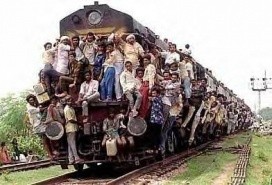
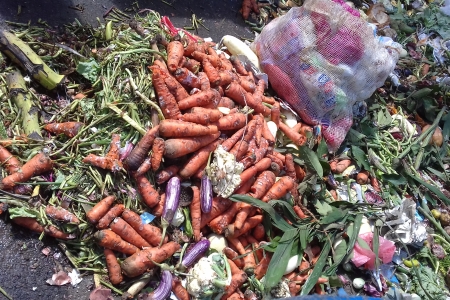



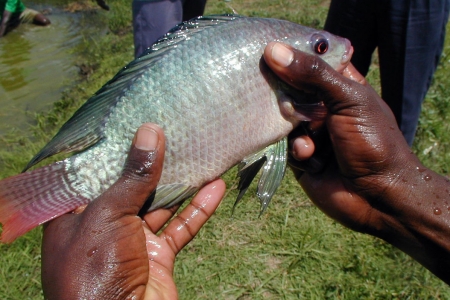
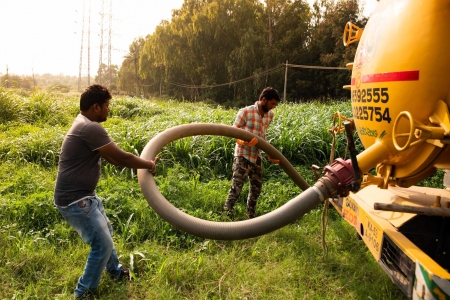
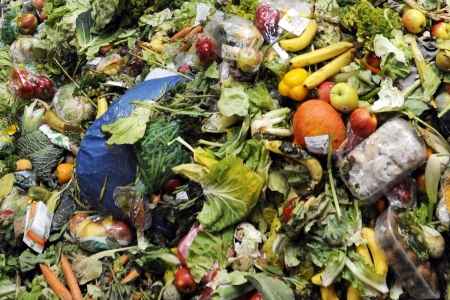

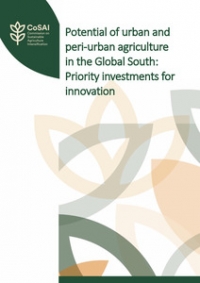
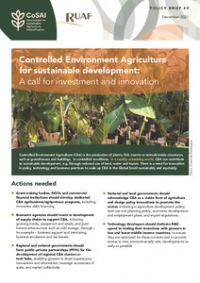
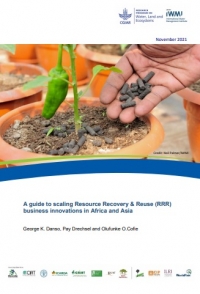
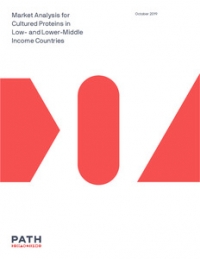
Comments
Excellent question. One thing that might keep younger people on farms is the prospect of a better living, for example through mixed systems that capture more of the added value of the farm's products. And though rural people don't have financial capital, they do have labour. More appropriate technology could make farming less back-breaking and more rewarding.
The key to increasing the percentage of younger farmers in industrialized countries is financing. Some American farmers set aside their productive land to participate in government idling programs designed to shrink supply and hence increase price supports.
Great post (I will write about it on my blog). I recently had a discussion with a colleague in Thailand, and he said that they were facing a rapidly aging population, and that the recommendations for composting and other labor demanding activities they had been giving out, didn't work because there was constant labor shortage.
Urbanization of the population depends on growth and consumption. Takes those away, as in Greece at the present, and people return to the land. Is there a limit to growth in a finite world? Obviously yes. Are we near that limit, probably.
Nice article! Great post about Forget future land and water scarcity, will there be enough farmers?! You efforts putting this blog together was worth the while. Great job Fred.